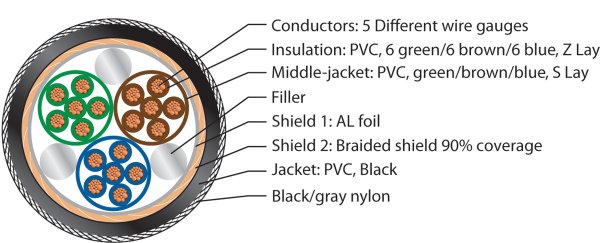Gary,
Did you remember that this thread is about a Krell KSA250 humming transformer? Using this circuit with this amplifier can be very dangerous!
The currents involved, mainly at start up are very high, and an exploding 10000 microfarad capacitor can be a dangerous weapon. Also most electrolytic capacitors can not survive a longtime at 20 Amps current.
You're right. I forgot that. I was responding to speedskater and his single cap across the power line. This one is much safer, but wouldn't be able to pass 20 amps current.















